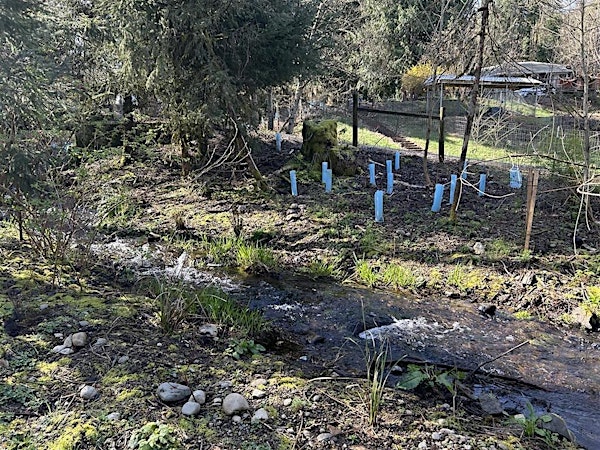The King Conservation District is hosting an enlightening Streamside Buffer Tour that brings together community members passionate about protecting our local waterways. This unique event offers residents a firsthand look at successful streamside buffer installations at two different Maple Valley properties. These natural buffers serve as crucial protective zones between developed land and waterways, filtering pollutants, stabilizing banks, and creating vital wildlife habitat. The tour exemplifies how environmental protection and property enjoyment can coexist while fostering a sense of shared responsibility among neighbors.
Participants will have the opportunity to see real-world examples of how homeowners have integrated these ecological practices into their daily lives. By showcasing different approaches to streamside restoration, the tour demonstrates that there’s no one-size-fits-all solution—each property owner can find a method that suits their specific landscape and lifestyle. The event highlights the collective impact we can have when community members work together toward improved water quality and environmental health. As visitors caravan between the two nearby properties, they’ll gain inspiration and practical knowledge that can be applied to their own streamside areas.

- Community members participating in a Streamside Restoration Tour in Maple Valley, guided by the King Conservation District. Source: eventbrite.com
The Streamside Buffer Tour is designed as an educational journey through ecological best practices. Expert staff from King Conservation District will guide participants through the identification and management of common invasive weeds that threaten local ecosystems. Attendees will learn to distinguish between problematic species and beneficial native plants, gaining valuable skills to assess their own properties. The tour will also cover strategic planning for successful native planting projects, explaining how to select appropriate species for specific conditions and how to establish them for long-term success. These hands-on lessons empower residents to become active stewards of their land, contributing to a healthier watershed.
Beyond plant identification, the tour explores the broader ecological benefits of natural habitat features. Participants will discover how elements like standing dead trees (snags), woody debris, and unarmored stream channels create complex environments that support diverse wildlife populations. KCD staff will demonstrate practical erosion control techniques and share maintenance strategies to help buffer projects thrive over time. The tour addresses realistic expectations about how restoration projects evolve as they mature, preparing homeowners for the natural progression of their environmental investments. Throughout the event, special attention is given to balancing ecological function with property enjoyment, proving that conservation efforts can enhance the pleasure of streamside living.
The educational components of the tour extend well beyond basic landscaping advice. Participants will gain insights into the science of watershed protection and how individual actions contribute to broader environmental health. The tour guides will explain how streamside buffers serve as natural filters, trapping sediments and pollutants before they reach waterways. They’ll demonstrate how these living barriers slow stormwater runoff, reducing flood risks during heavy rain events. Homeowners will learn to recognize signs of erosion and implement preventative measures before problems escalate. These practical lessons help residents understand not just what to do, but why these practices matter for the overall health of our community waterways.
As the tour progresses, discussions will naturally turn to the long-term benefits and enjoyment that come from stewarding a healthy streamside environment. Participants will hear firsthand accounts from homeowners about how their restoration projects have enhanced property value while creating peaceful natural retreats. KCD staff will highlight available resources, including potential financial and technical assistance for residents interested in starting their own buffer projects. The tour creates a supportive community network where neighbors can share experiences and advice. By demonstrating that environmental protection can be both personally rewarding and collectively beneficial, the event inspires participants to envision possibilities for their own properties while connecting them with the resources needed to turn those visions into reality.
Header Image Source: AI-generated image
